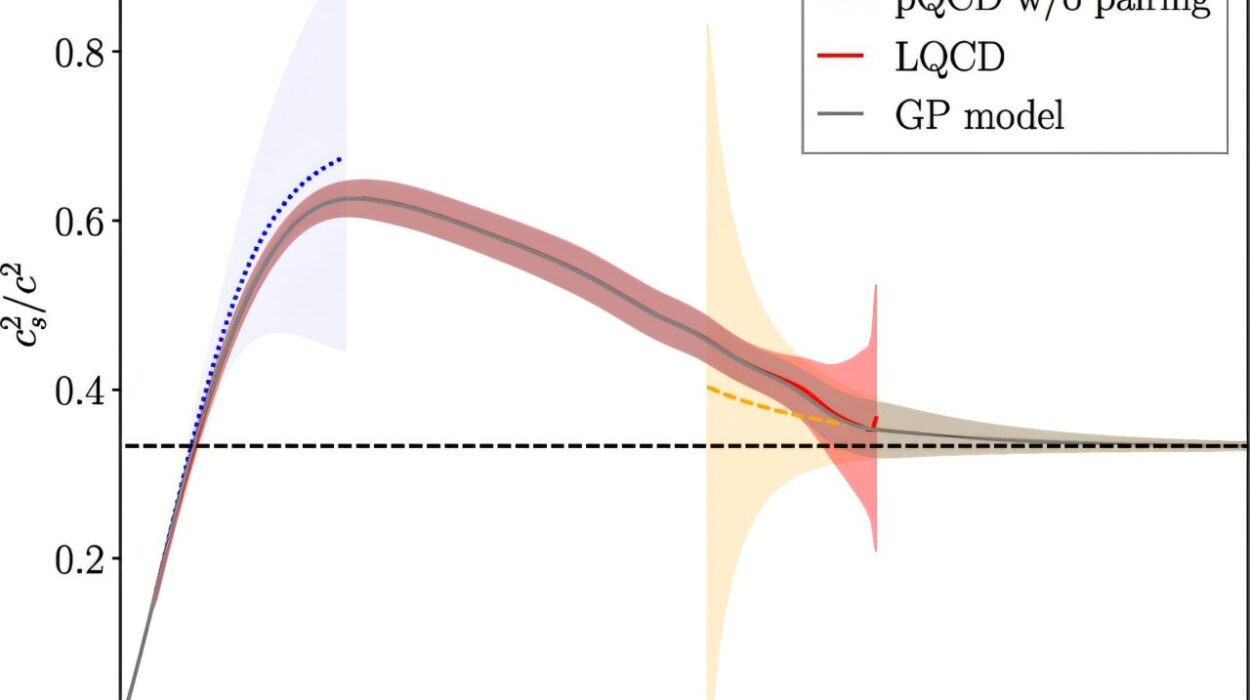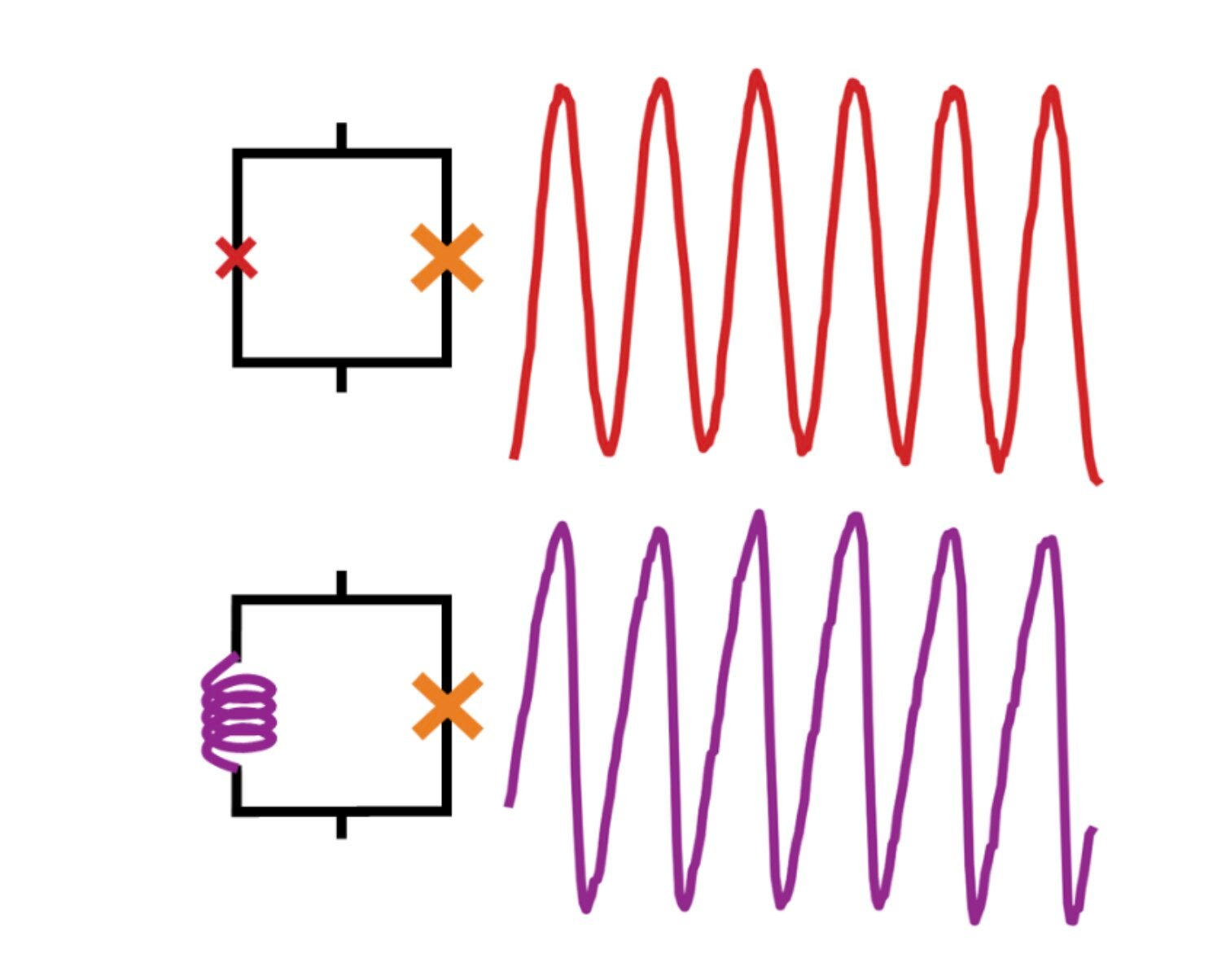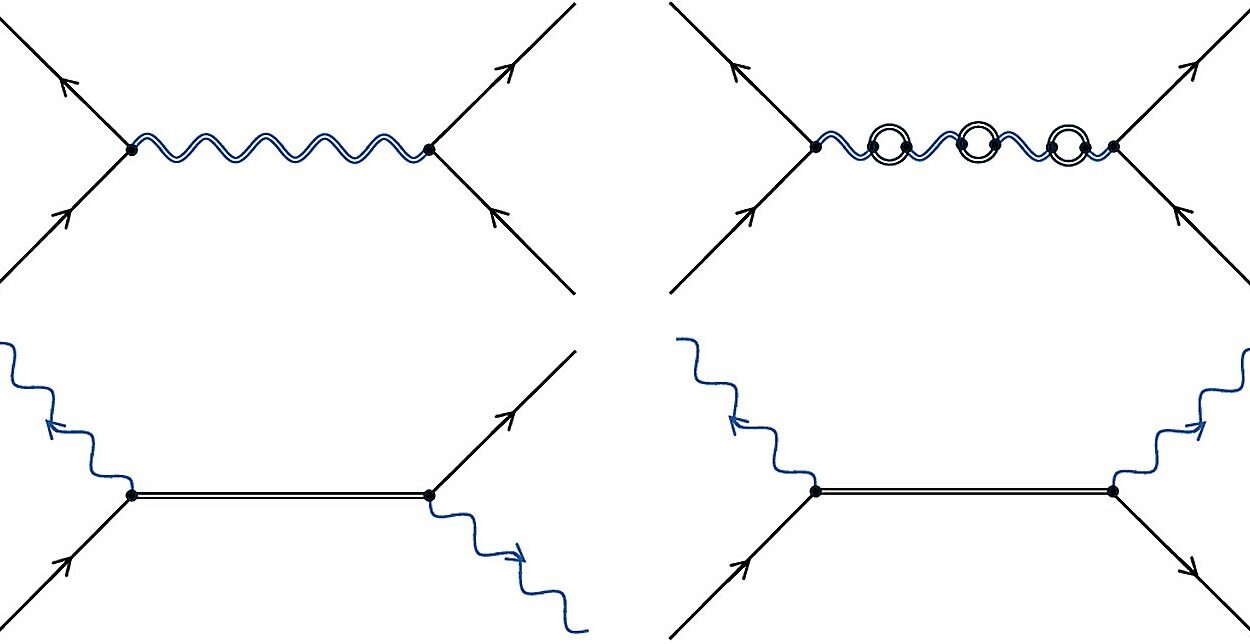From the haunting cry of a cello to the brilliant sparkle of a trumpet, music is a language that transcends borders and centuries. But behind this expressive art form lies a profound scientific reality. Every note we hear, every rhythm we tap, is rooted in the fundamental laws of physics. Music, for all its emotional power, is ultimately an elaborate orchestration of vibrations, frequencies, pressure waves, and harmonics. Understanding how instruments create sound pulls back the curtain on the magic of music—and reveals a dance between molecules and air that has been enchanting humans for millennia.
What Is Sound, Really?
To understand the physics of music, we must start with sound itself. Sound is not a substance or an object. It’s a wave—a disturbance that propagates through a medium, usually air, though it can also travel through solids and liquids. When an object vibrates, it causes the air molecules around it to oscillate. These oscillations form longitudinal pressure waves that travel outward from the source.
Imagine plucking a guitar string. The string vibrates rapidly back and forth. As it moves, it compresses and rarefies the surrounding air molecules. These tiny fluctuations in pressure move outward from the string, eventually reaching your ear. Your eardrum vibrates in response, and your brain interprets the pattern as a particular sound. Every sound you hear—whether it’s a whisper or a drumbeat—is a symphony of molecules in motion.
Frequency and Pitch: Why Notes Sound High or Low
One of the most essential qualities of a sound is its frequency—how fast the source is vibrating. Frequency is measured in hertz (Hz), or cycles per second. High-frequency vibrations produce high-pitched sounds, like a piccolo or a whistle. Low-frequency vibrations create low-pitched sounds, like a bass drum or tuba.
The range of human hearing spans roughly 20 Hz to 20,000 Hz, though this range shrinks with age. Most musical instruments fall within a much narrower band. A cello, for instance, produces sounds from around 65 Hz to 1,000 Hz. The pitch of a note is directly related to the frequency of the vibration that produced it. When you press a piano key, a hammer strikes a string. The shorter, tighter strings at the high end vibrate faster and make high-pitched notes. The longer, looser strings at the low end vibrate more slowly, creating deep tones.
Amplitude and Loudness: The Power of Vibration
While frequency determines pitch, amplitude determines loudness. Amplitude refers to the size of the vibrations. A string that vibrates more vigorously pushes the air molecules harder, creating larger pressure waves. This results in a louder sound. Turn up the volume knob on a speaker, and you increase the amplitude of the sound waves it produces.
Musicians control amplitude in many ways: by bowing harder, blowing with more force, or striking with greater energy. Dynamics—the shifts from soft to loud and back again—are not just emotional expressions in music; they are physical manifestations of changing wave amplitudes.
Timbre: The Texture of Sound
Timbre (pronounced “TAM-ber”) is what makes a trumpet sound different from a violin, even when they play the same note at the same loudness. It’s the color, or quality, of the sound—a rich blend of physics and perception.
The key to timbre lies in harmonics. When an instrument produces a note, it doesn’t vibrate at just one frequency. The main frequency, called the fundamental, is accompanied by a series of overtones or harmonics—higher-frequency waves that occur at integer multiples of the fundamental. These harmonics shape the waveform of the sound.
A flute, for example, produces a relatively pure tone with few overtones, resulting in a clear, clean sound. A saxophone, by contrast, produces a dense web of harmonics, giving it a rich, reedy tone. The precise mix and strength of these overtones give each instrument its unique voice.
Stringed Instruments: Vibrations on a Wire
Let’s begin with one of the most iconic families of instruments: the strings. Violins, guitars, cellos, and harps all work on the same basic principle—vibrating strings create sound.
When you pluck, bow, or strike a string, it vibrates in a complex pattern. The string itself doesn’t produce much sound on its own—it’s too thin and doesn’t move enough air. That’s why string instruments use a resonating body, like a hollow wooden box, to amplify the vibrations.
This is where the beauty of physics meets the art of craftsmanship. The bridge of a violin, for example, transfers the vibrations from the string to the body of the instrument, where the air inside resonates at the same frequencies. This amplification allows the instrument to project sound across a concert hall.
The frequency of a string’s vibration depends on three main factors: length, tension, and mass per unit length. A shorter, tighter, or lighter string vibrates faster and produces a higher pitch. This is why violin strings are shorter and tighter than cello strings, and why tuning a guitar involves adjusting the tension.
Wind Instruments: Shaping Air into Music
Wind instruments create sound by vibrating columns of air inside a tube. This family includes flutes, clarinets, saxophones, trumpets, trombones, and many others. The method of exciting the air differs—some use reeds, others rely on lip vibration, and flutes use a jet of air over an edge—but the principle is the same: air vibrates within a confined space, creating standing waves.
In an open pipe like a flute, the air column vibrates with nodes and antinodes forming at both ends. In a closed pipe like a clarinet, one end is sealed, which changes the harmonic structure and results in a different timbre.
The pitch of a wind instrument depends on the length of the air column. Players adjust this by opening or closing holes (as in woodwinds) or by changing the length of tubing (as in brass instruments with valves or slides). Shortening the air column raises the pitch; lengthening it lowers the pitch.
The shape of the tube also affects the sound. Cylindrical bores, like those in flutes, produce a different harmonic series than conical bores, like those in oboes. The flare of a trumpet’s bell helps project sound and modifies the wave reflection, enhancing certain harmonics.
Percussion: Striking a Surface, Stirring the Air
Percussion instruments create sound when struck, shaken, or scraped. These include drums, cymbals, xylophones, and even triangles. When you hit a drum, the membrane or surface vibrates in complex patterns, sending waves through the air.
The pitch of a percussion instrument depends on the size, tension, and material of the vibrating surface. Timpani have tunable heads stretched over large resonating bowls, allowing them to produce specific pitches. Snare drums, in contrast, have a tighter head and produce more noise-like, less tonal sounds.
Unlike strings or winds, which produce well-defined harmonic series, many percussion instruments generate inharmonic overtones—frequencies that are not simple multiples of the fundamental. This gives them their distinctive, often chaotic sound quality.
Resonance: When Frequencies Align
One of the most critical concepts in musical physics is resonance. Resonance occurs when an object vibrates at its natural frequency in response to an external force vibrating at the same frequency. The effect is amplification—waves build on each other, resulting in a louder sound.
Musical instruments are designed to take advantage of resonance. The body of a guitar resonates with the strings, the air inside a violin resonates with the bridge’s vibrations, and the tube of a trumpet resonates with the buzzing lips of the player.
Resonance is also why glass can shatter when a soprano sings a specific note. If the frequency of the note matches the natural frequency of the glass, the amplitude of the vibrations increases until the material can’t withstand the stress.
The Role of the Human Ear and Brain
The final piece in the music puzzle is the listener. Sound is not just a physical phenomenon—it’s a sensory and perceptual experience. The ear transforms air vibrations into electrical signals, and the brain interprets these signals as pitch, volume, and timbre.
The cochlea, a spiral-shaped organ in the inner ear, plays a crucial role. Different parts of the cochlea resonate with different frequencies, effectively performing a real-time Fourier transform—breaking complex waves into their component frequencies. This allows us to distinguish a violin from a piano, or a C from a C-sharp.
Our brains go even further, interpreting rhythmic patterns, detecting harmony and dissonance, and responding emotionally to melodic contour. Music activates multiple regions of the brain, including areas linked to memory, emotion, and motor control. The physics may create the sound—but the mind gives it meaning.
Digital Sound: The Intersection of Physics and Technology
In the modern world, much music exists in digital form. Yet even here, physics reigns. Digital audio works by sampling analog sound waves—measuring their amplitude at discrete time intervals. According to the Nyquist theorem, to accurately reproduce a sound, it must be sampled at twice its highest frequency. That’s why CDs use a sampling rate of 44.1 kHz, sufficient to capture all audible frequencies.
Once sampled, the sound can be stored, processed, and transmitted as binary data. When played back, digital-to-analog converters reconstruct the waveform, sending it to speakers or headphones that transform electrical signals back into air vibrations.
Even digital synthesizers, which can mimic the sounds of real instruments or create entirely new ones, rely on mathematical models of physical vibrations. Additive synthesis builds tones from sine waves. Subtractive synthesis filters out frequencies. Physical modeling synthesis uses equations from physics to simulate how real instruments behave.
Harmony, Interference, and Beats
When two or more notes are played together, they interact in ways that are deeply rooted in wave physics. If their frequencies are simple ratios (like 2:1 or 3:2), the waves align periodically, producing harmonious intervals. This is the foundation of Western musical harmony—an ancient system grounded in mathematical relationships.
But when the frequencies are close but not identical, they create interference patterns called beats. You hear a pulsing variation in volume as the waves reinforce and cancel each other. Tuning two strings involves listening for beats and adjusting until they disappear, signaling that the pitches are in harmony.
Acoustics: The Architecture of Sound
Where sound happens matters just as much as how it’s produced. The science of acoustics examines how sound behaves in different spaces. Concert halls, for instance, are designed to optimize sound reflections, minimize unwanted echoes, and ensure that every seat receives a balanced mix of direct and reflected sound.
Reverberation time—the time it takes for sound to decay in a space—is crucial. Too short, and the music sounds dry. Too long, and it becomes muddy. Materials, shapes, and surfaces all influence how sound waves bounce and fade. Great acoustics transform a performance from good to transcendent.
The Universal Language of Vibrations
Music is often described as a universal language—and physics proves it. Across cultures and centuries, people have found ways to manipulate vibrations into sound. Whether it’s a sitar in India, a balafon in West Africa, or a didgeridoo in Australia, all musical traditions exploit the same physical principles.
Even animals respond to music. Some birds match pitch. Elephants can keep rhythm. Whale songs travel for miles underwater, shaped by the same wave laws that govern our symphonies. The physics of music connects us not only to one another but to the broader tapestry of life and the universe.
Conclusion: Sound as a Symphony of Science
The next time you listen to your favorite song, consider the layers of physics at play. Vibrating strings, resonating air columns, oscillating membranes—all choreographed in an intricate ballet of wave mechanics. Music is more than an art; it’s a manifestation of the natural world, a poetic expression of fundamental forces.
Behind the beauty of a melody lies a universe of physical phenomena. And perhaps that’s the true wonder of music: it doesn’t just touch our hearts—it resonates with the very structure of reality. The physics of music reveals that art and science are not opposites but partners in the grand performance of existence.






